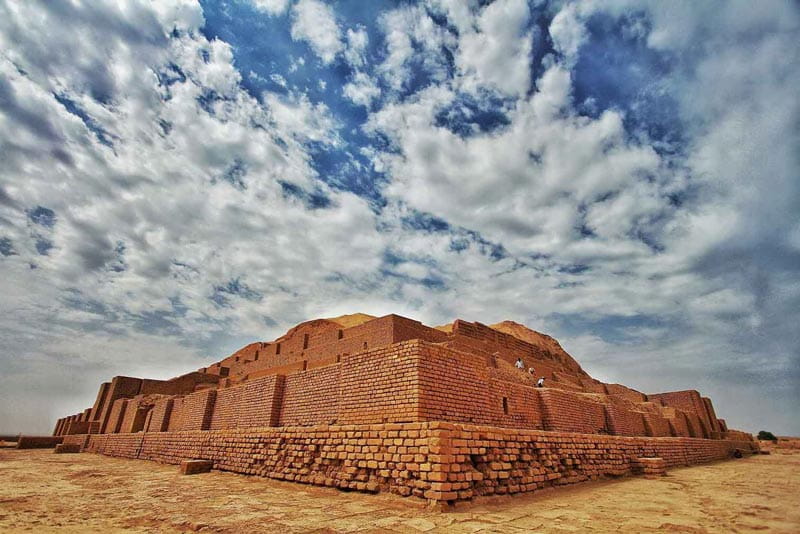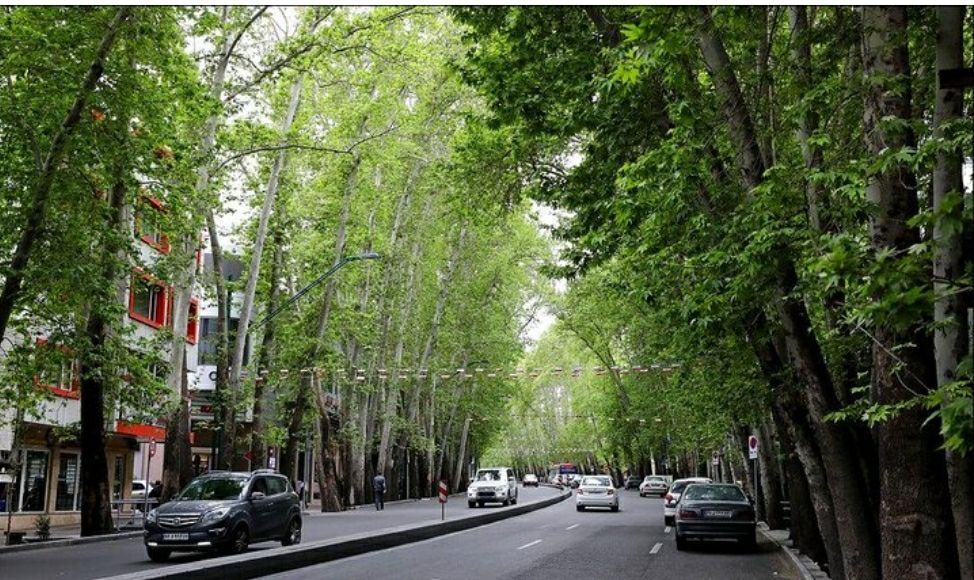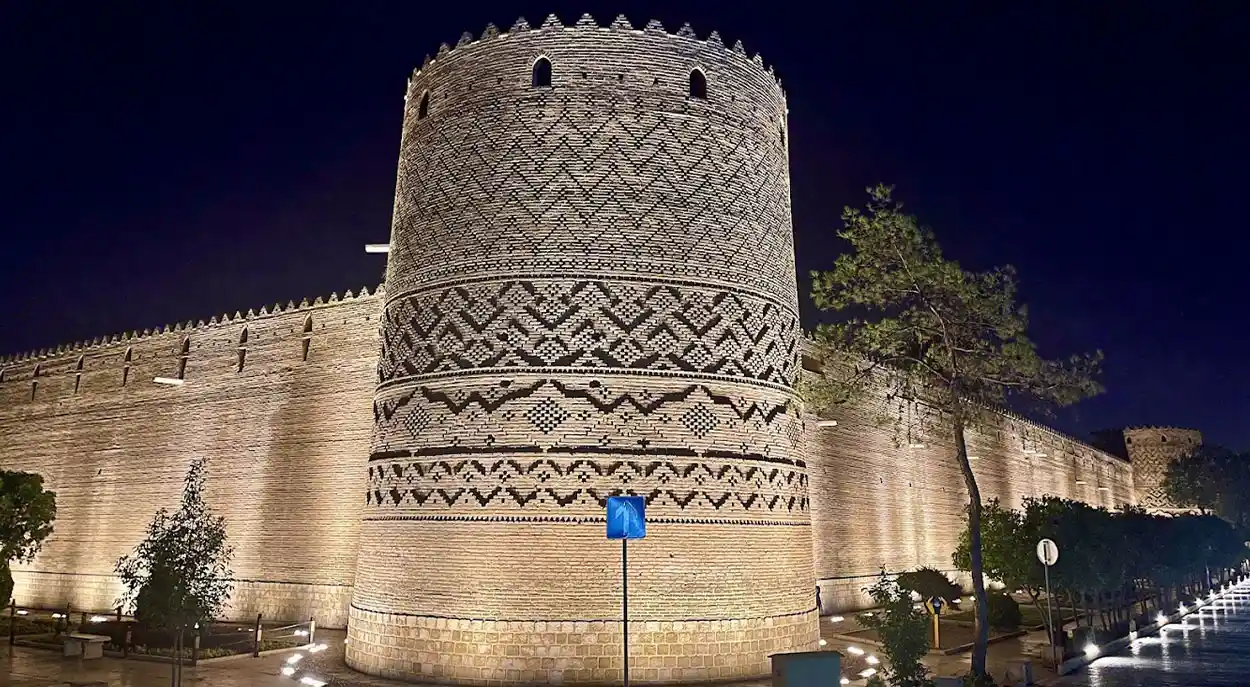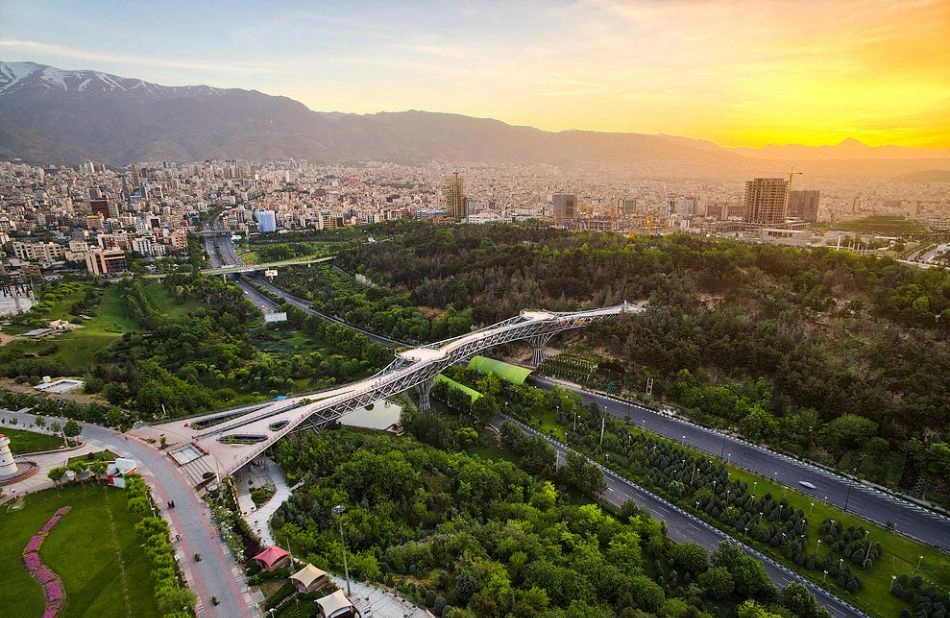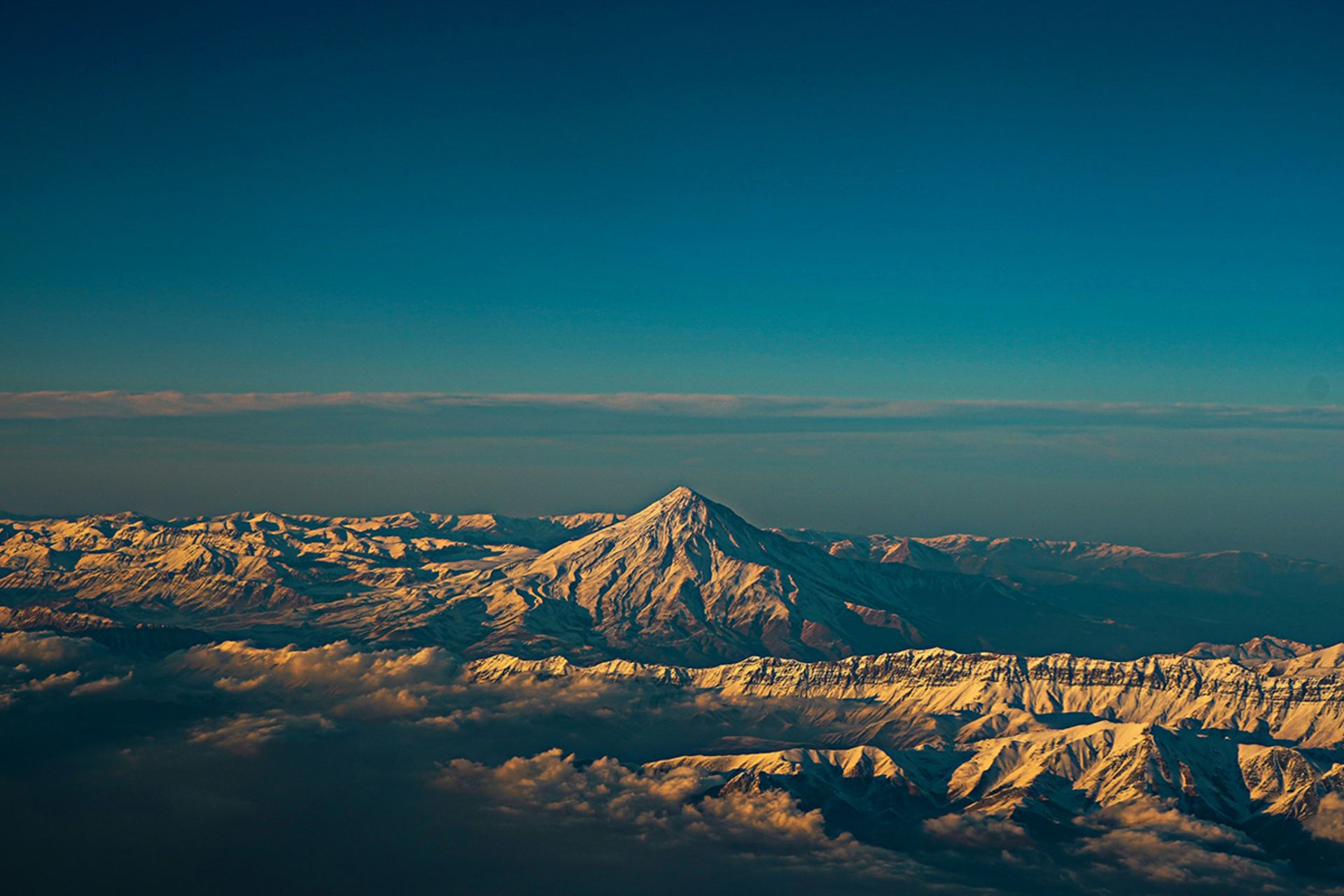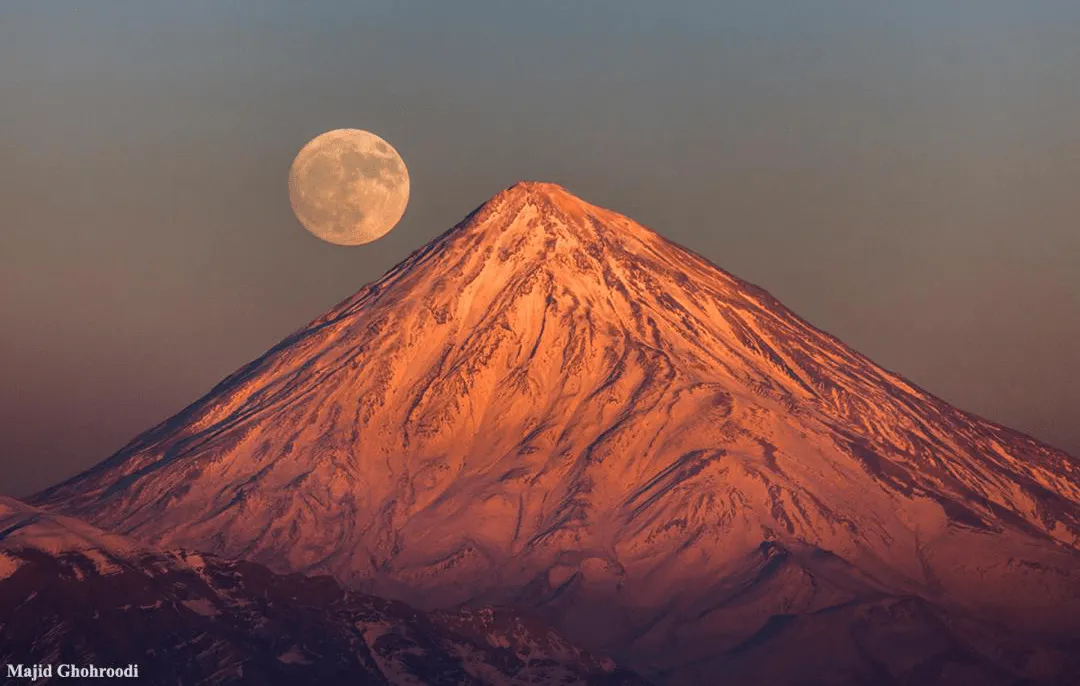khuzestan province | Khuzestan tourist attractions
khuzestan province , one of the hottest provinces in Iran, boasts a rich historical legacy. It is considered one of the earliest cradles of civilization in the world, with three independent ancient structures in Khuzestan listed as UNESCO World Heritage Sites. While initially appearing as a dry region lacking natural attractions, Khuzestan offers not only historical landmarks but also beautiful natural sights.
Shushtar Hydraulic Structures
The Shushtar Hydraulic Structures are among the most renowned historical attractions in the Shushtar district of khuzestan province , situated near the historical section of the city. Referred to as the largest industrial complex of ancient Iran, these hydraulic structures were admired by many foreign tourists who, after visiting them, introduced them to the world.
The construction of the Shushtar Hydraulic Structures is considered one of the engineering wonders of ancient Iran. The functionality of these structures showcases the ingenuity and high knowledge of ancient Iranian engineers. Through efficient water resource utilization and intelligent water control, these structures contributed to high efficiency and optimal consumption of drinking water, agricultural water, and industrial water needs.
The origin of the Shushtar Hydraulic Structures dates back to the time of the Sasanian Empire, but historical evidence suggests that the foundations of this vast complex were laid during the Achaemenid rule. According to available records, these structures underwent complete reconstruction during various historical periods. The Shushtar Hydraulic Structures were inscribed on the UNESCO World Heritage List in 2009.
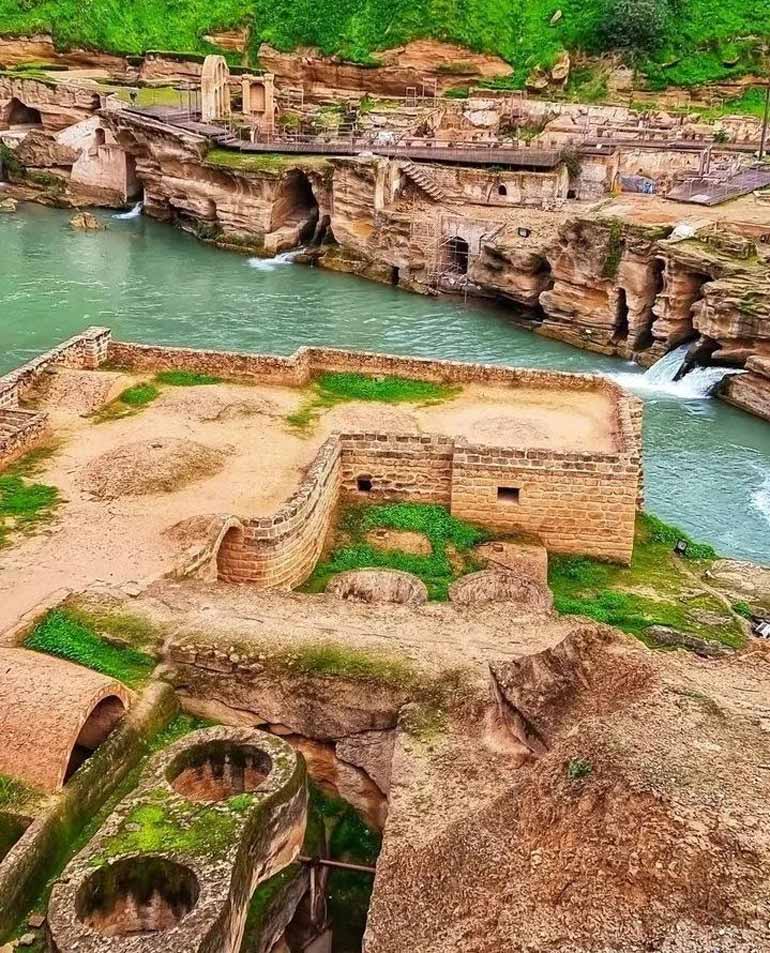
Chogha Zanbil Ziggurat
Chogha Zanbil Ziggurat is an ancient structure belonging to the Elamite civilization period in Iran. Covering an area of approximately 100 hectares, this complex includes the Chogha Zanbil temple, the most prominent ancient building in the region. Constructed in a city belonging to the late second millennium BCE, the temple’s grandeur made it widely renowned in ancient times. Unfortunately, the Chogha Zanbil temple was destroyed in 640 BCE during the Assyrian invasion, commanded by King Ashurbanipal.
Chogha Zanbil Ziggurat is the first Iranian site to be inscribed on the UNESCO World Heritage List, recognized in 1979. The discovery of this ancient temple in our country is relatively recent, not reaching 100 years, and this prominent structure was hidden for centuries in the mounds south of Shush. To visit Chogha Zanbil Ziggurat, one should travel to either Shush or Shushtar cities. The temple is located 45 kilometers south of Shush and 35 kilometers west of Shushtar. The Haft Tappeh archaeological site is also nearby, situated close to the Chogha Zanbil temple.
Shush Ancient Site
Shush is one of the oldest cities in khuzestan province , displaying numerous structures and artifacts from the ancient Iranian civilizations in various parts of the city. Various buildings and structures from the ancient Iranian era in different sections of Shush form the Shush Ancient Site. Historians estimate the first settlement in this city to be around 7000 years ago, and according to documents and discovered evidence, Shush Ancient City was one of the grandest cities in the ancient world.
Shush Ancient Site was inscribed on the UNESCO World Heritage List in 2015. Some of the most significant attractions in the Shush Ancient Site include the Shapour Palace, Apadana Palace, Eastern Gate, Hadiš Palace, Panzdahom City, Hakhāmāneshī Village, and Acropolis Hills. Besides the ancient structures, there are historical artifacts from other historical periods in Shush, making a visit to these sites worthwhile.
Karun River
The Karun River is one of the most important symbols of khuzestan province , playing a historical role as a communication route between Iran and neighboring countries in ancient times. The areas surrounding the Karun River are considered one of the earliest cradles of civilization in Asia, providing water for cities, villages, and regions around the river. The Karun River is the largest and longest river in Iran, traversing the entire country.
In ancient times, navigation on the Karun River was common, and many merchants traveled and traded with other cities and countries through this route. Agriculture and animal husbandry in Khuzestan owe much to this river, as the livelihood of various animals in the region depends on the life of the Karun River.
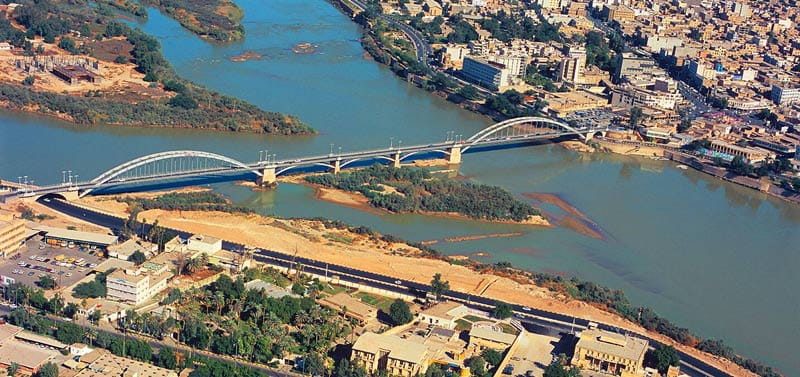
The Karun River passes through various cities in khuzestan province along its course, constructing numerous bridges and dams in different parts. Walking along the shores of this river in different cities, enjoying the local music played by indigenous musicians on the riverbanks, and savoring South Iranian street food appeal to many tourists. Unfortunately, in recent years, the water volume of the Karun River has significantly decreased, leading to the complete drying of some sections of this river.
Tomb of Prophet Daniel
The Tomb of Prophet Daniel is one of the most famous attractions in khuzestan province . It was built in 1249 SH (Solar Hijri) under the orders of a Shia scholar named Ja’far Shushtari in Shushtar. The architect of this structure was Molla Hossein Ma’mar. Before this date, the previous structure was completely destroyed due to a severe flood. The unique and innovative design of the architecture drew the attention of tourists after its reconstruction.
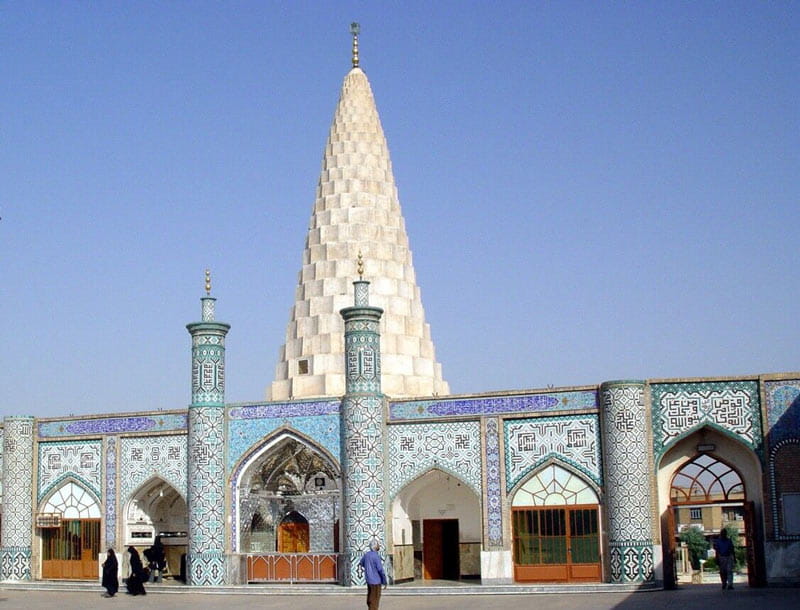
The name of the Tomb of Prophet Daniel is recorded in the list of national monuments of Iran, attracting both domestic and international tourists throughout the year. The tomb is located on the eastern bank of the Shavur River, facing the Arg-e Shushtar.
Shoosh Waterfalls
Shoosh Waterfalls, located near the border of khuzestan province with Lorestan province, is a natural wonder. It is often referred to as the “Niagara Falls of Iran.” Shoosh Waterfalls is one of the widest waterfalls in Iran, with a width of approximately 70 meters. The waterfall has a height of 450 meters above sea level, and its descent is in a cascading, staircase-like manner along the mountain slope.
Near the exit of Shoosh Waterfalls, there is a cave with an internal path of several kilometers. The surrounding area is covered with various trees, enhancing the scenic beauty of the region. Shoosh Waterfalls is also known as “Shoosh Second” or “Sang-e Mar,” and there are suitable pools for swimming around the area.
White Bridge of Ahvaz
The White Bridge of Ahvaz, also known as the “First Suspension Bridge of Iran,” connects the western and eastern parts of Ahvaz city over the Karun River. It is one of the prominent landmarks in khuzestan province. The bridge, entirely made of metal, is supported by concrete foundations. It features two tall arches in both directions, marking its distinctive appearance.

The White Bridge of Ahvaz was inaugurated in 1315 SH (Solar Hijri), and its lifespan was estimated to be around 50 years. Due to extensive wear and tear, the bridge underwent complete reconstruction in 1389 SH.
Kool Khersan Valley
Kool Khersan Valley, also known as Kool Khersoon, is one of the most beautiful natural attractions in khuzestan province , located approximately 35 kilometers north of Dezful. The term “Kool” in the local language refers to a very narrow and steep valley, explaining the nomenclature. The valley is surrounded by dense vegetation, including willow trees and high reed beds, creating a mystical atmosphere.
The height of Kool Khersan Valley reaches around 360 meters above sea level, extending into the Zagros mountain range. Along the valley, there are flowing springs, and wild fruits and plants are scattered throughout the area. The valley is sometimes colloquially known as the “Valley of Spirits.” Different routes from the villages of Bish-e Bazan, Paqaleh, and Islam Abad provide access to Kool Khersan Valley.
Saraye Moein Al-Tajjar
Saraye Moein Al-Tajjar is a historical building dating back to the Qajar era, located in Ahvaz. In the past, this mansion belonged to a well-known Ahvazi merchant named “Haj Mohammad Taqi Moein Al-Tajjar.” The house was a bustling center for trade in the past, directly connected to the Karun River, and was considered one of the most famous commercial houses during Naser al-Din Shah’s reign. Unfortunately, in 1374 SH, the mansion suffered a severe fire, causing significant damage. Visiting Saraye Moein Al-Tajjar was not possible for many years, but recently, its doors have opened to tourists.
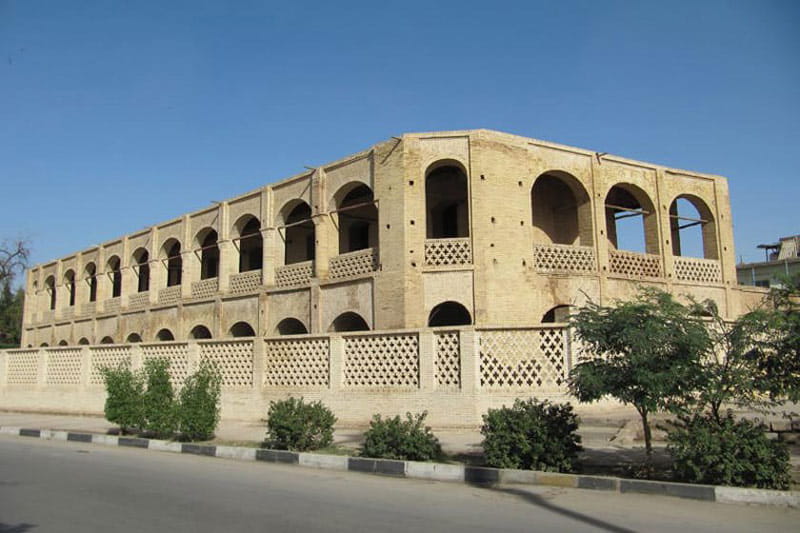
Ahvaz Mapar House
Ahvaz Mapar House is one of the most beautiful historical houses in khuzestan province . This historical residence is located on Khansari Street in Ahvaz, and its traditional environment is very charming. The history of Ahvaz Mapar House dates back to the first Pahlavi era, and it belonged to one of the most famous traders in Khuzestan, Abdul Majid Mapar. The distinguished architecture and decorations of this historical building have remained largely unchanged over the years.
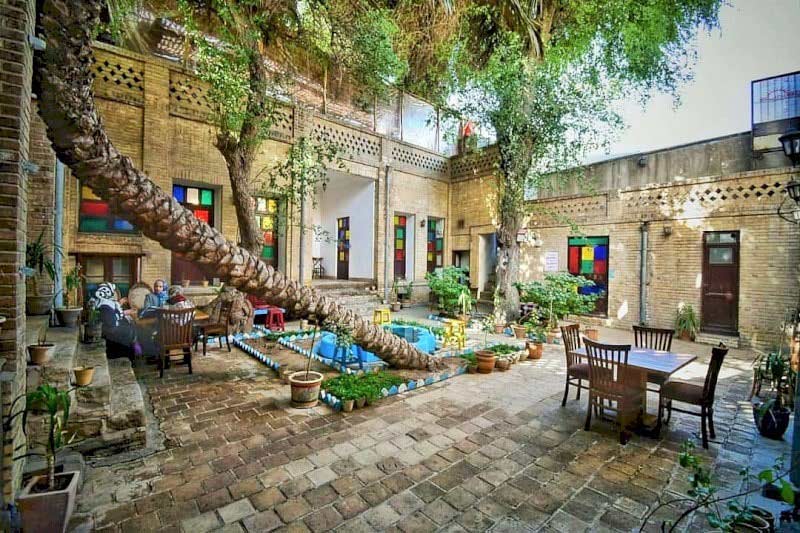
Ahvaz Mapar House covers an area of approximately 550 square meters, consisting of two separate floors with a basement. It has two separate courtyards, but currently, only one of them is in use. The interior of this courtyard is adorned with flower beds and traditional decorations around the pond. Over the years, numerous artists have participated in literary gatherings in this historical house, making it a significant cultural venue. The exterior view of Mapar House is made of bricks, and its walls are made of stone.
Pamenar Village
Pamenar Village is one of the most beautiful attractions in khuzestan province , located 40 kilometers away from Dezful.
Frequently Asked Questions
Which historical and cultural sites in khuzestan province are globally registered?
Chogha Zanbil Ziggurat, Shushtar Historical Hydraulic System, and Shushtar’s water structures are independently registered on the UNESCO World Heritage List.
What is the name of Iran’s first suspension bridge?
White Bridge of Ahvaz
How high is Shoosh Waterfall?
The height of Shoosh Waterfall is approximately 100 meters from its source.
Why is Kool Khersan Valley called the “Valley of Spirits”?
The tall walls along the narrow path of this valley, combined with wild vegetation and its pristine environment, have contributed to the mystical aura of the valley. Over time, locals named it the “Valley of Spirits.”

